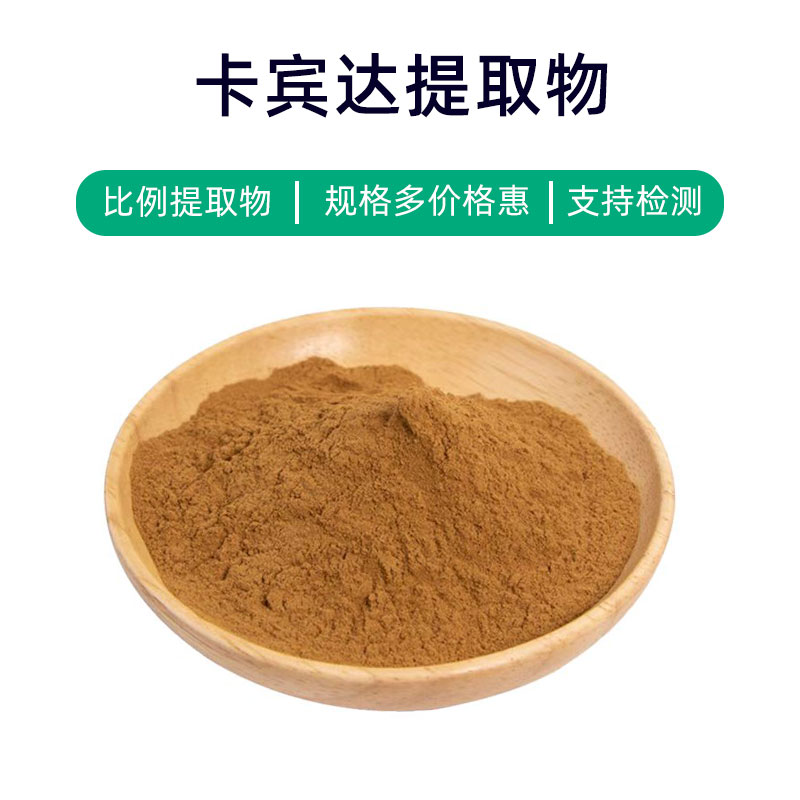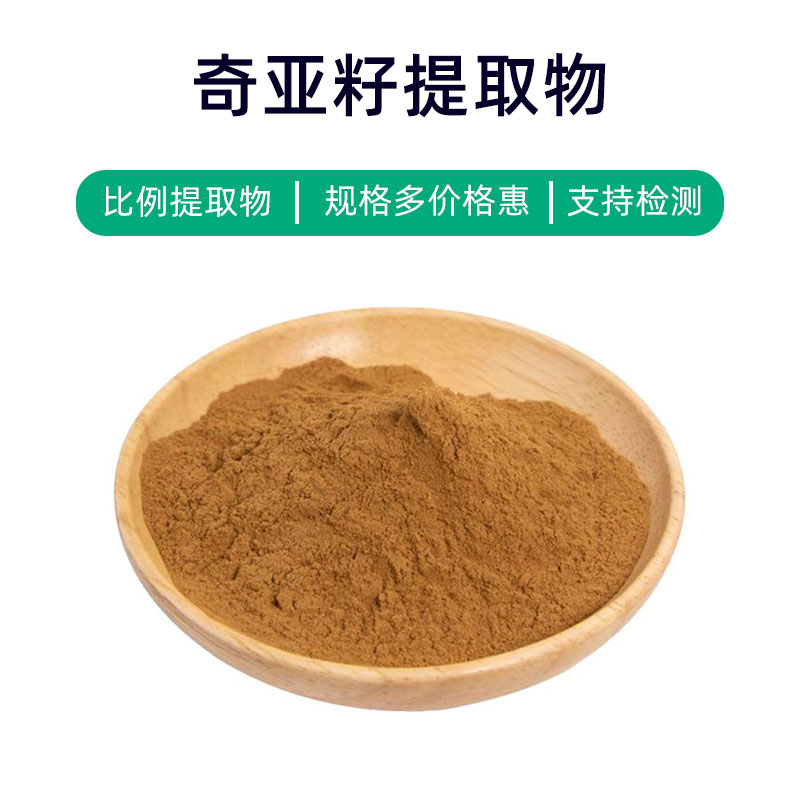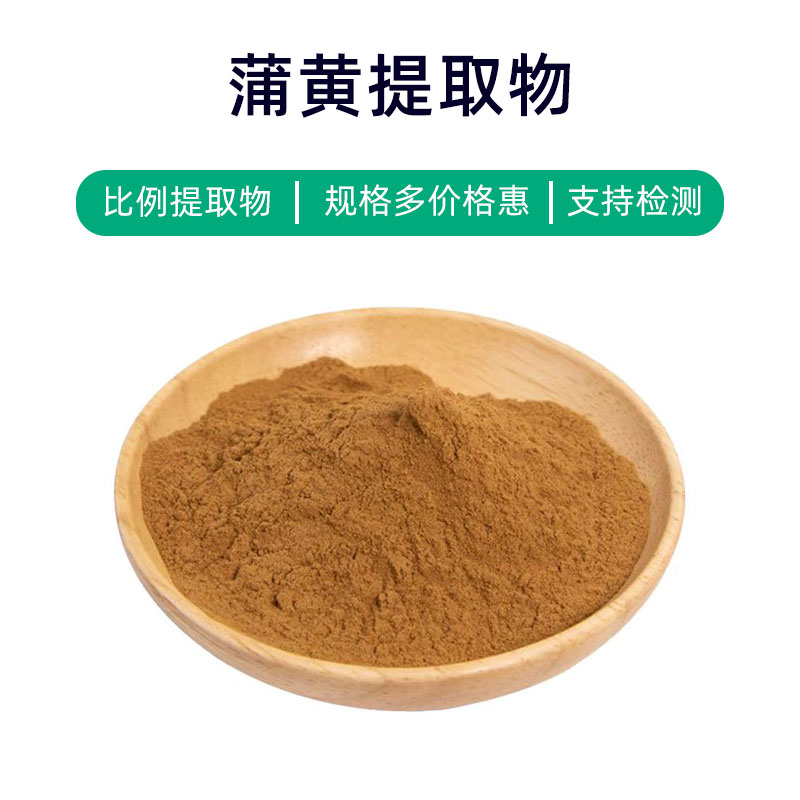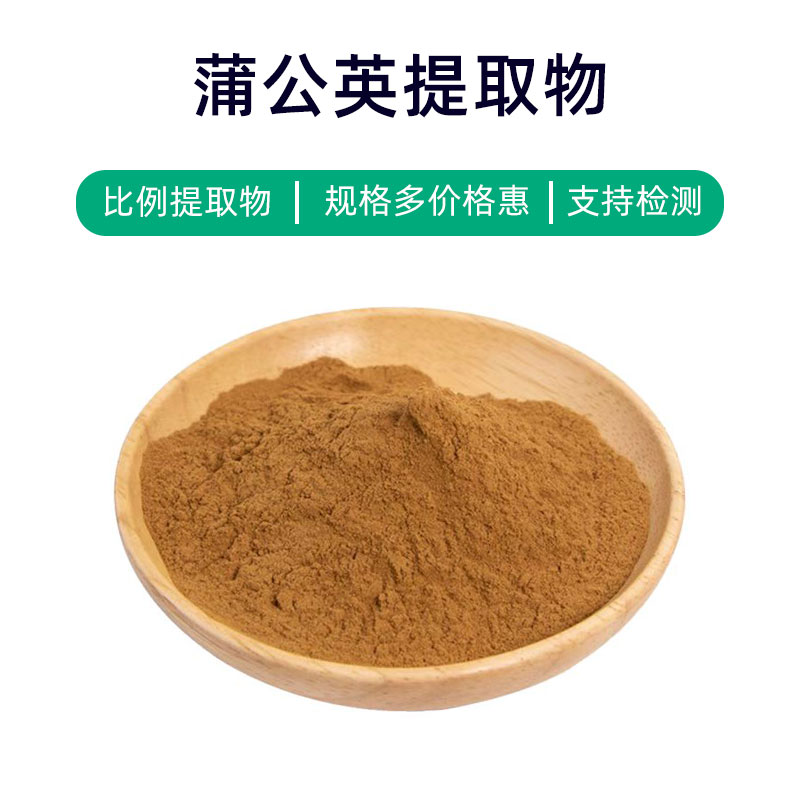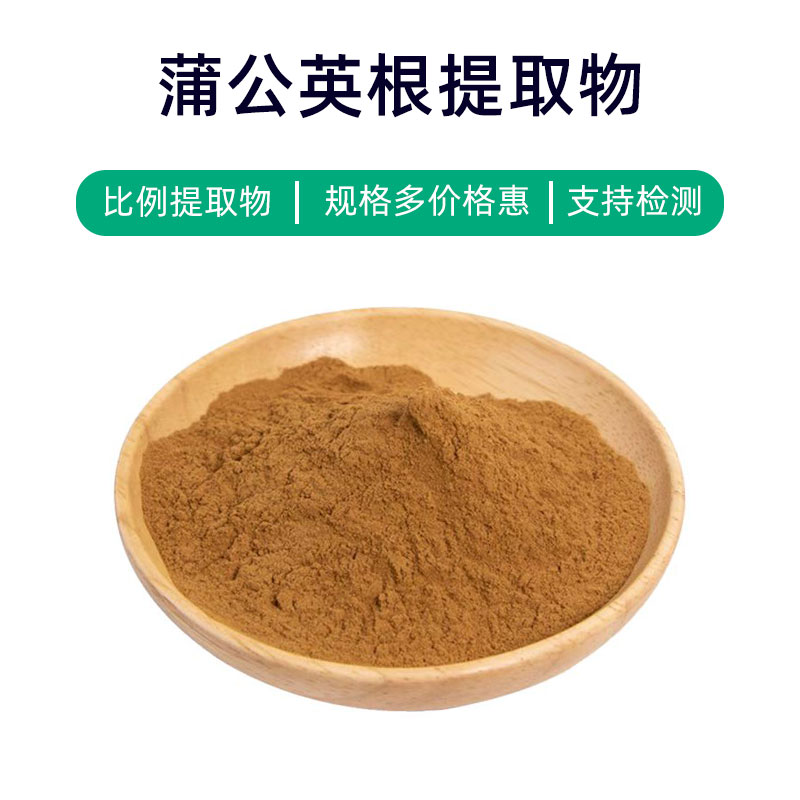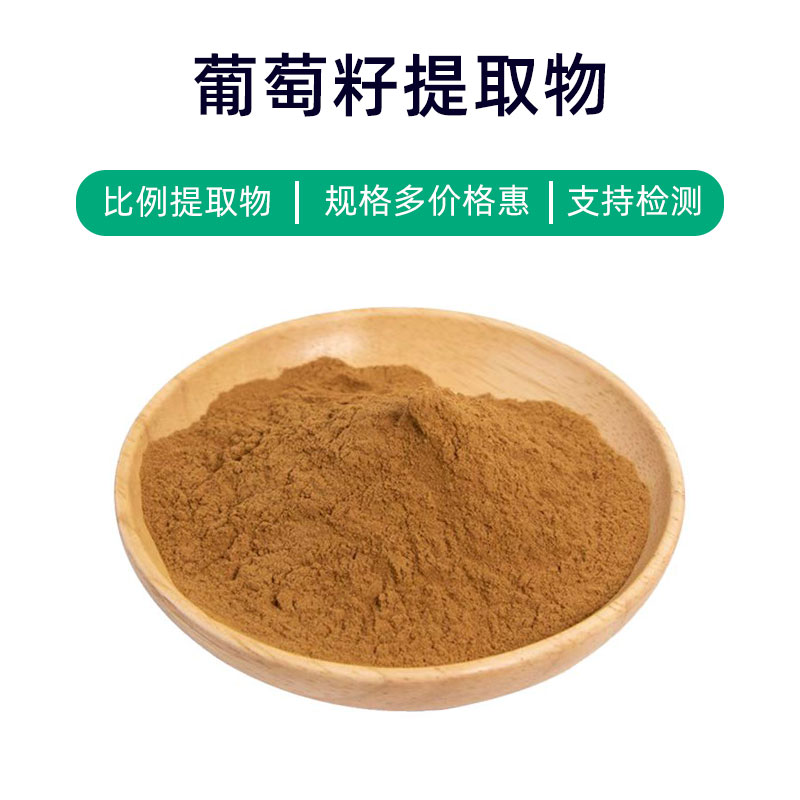Introduction to Pyrethrum Extract
Pyrethrum extract is a natural plant extract obtained from the pyrethrum plant. Its main components are pyrethrin compounds, including pyrethrum ester. These ingredients exhibit excellent insecticidal properties and are widely used in agriculture as pesticide components, effectively controlling various pests such as aphids, mosquitoes, and beetles, providing good pest control outcomes.
The application of pyrethrum extract in agriculture is extensive, allowing for the formulation of various types of insecticides and repellents for the protection of crops such as vegetables, fruits, and grains. Its natural, efficient, and low-toxicity traits are favored by agricultural producers.
Additionally, pyrethrum extract is used in some household and commercial settings for indoor and outdoor pest control. Due to its natural composition, it is relatively friendly to humans and the environment, making it widely used for repelling mosquitoes and flies in homes and public places. However, it should be noted that pyrethrum extract can be toxic to certain animals and insects, and caution is advised regarding safe usage methods and dosages.
Production Process of Pyrethrum Extract
The production process of pyrethrum extract involves several key steps:
- Raw Material Preparation: Select high-quality pyrethrum plants, typically focusing on the flowers. Ensure freshness and quality of the raw materials.
- Preliminary Processing: Conduct preliminary processing on the harvested pyrethrum flowers, including washing, removing impurities, and drying, to eliminate contaminants and moisture, ensuring the purity and stability of the extract.
- Extraction: Use appropriate extraction methods (such as tincture, cold extraction, hot extraction, etc.) to mix the treated pyrethrum flowers with a suitable extracting solvent (such as ethanol, water, or ethyl acetate) and extract the target active components.
- Solvent Recovery: Recover the solvent from the extracted mixture, commonly using distillation or evaporation methods to remove the solvent from the extract, resulting in a concentrated extract.
- Refinement: Further refine the obtained concentrated extract through processes like filtration, crystallization, and freeze separation to enhance the purity and activity of the product.
- Drying: Dry the refined extract to remove residual moisture, improving the stability and shelf life of the product.
- Packaging: Package the dried extract, typically using sealed packaging to prevent moisture and impurities from entering, ensuring the quality and stability of the product.
- Quality Inspection: Conduct quality inspections on the packaged extract, including appearance checks, active ingredient content determination, and microbial testing, to ensure compliance with relevant standards and regulations.
- Storage: Store the quality-approved extract properly, usually in a dry, cool, and ventilated environment, avoiding direct sunlight and high temperatures to extend product shelf life and effectiveness.
Effects and Side Effects of Pyrethrum Extract
Pyrethrum extract exhibits multiple effects and functions, primarily including the following aspects:
- Insect Repelling and Killing Action: Pyrethrum extract contains effective bioactive components with strong insect-repelling and insecticidal properties, capable of repelling and killing pests like mosquitoes, flies, and cockroaches, providing good pest control effects.
- Anti-Inflammatory and Antibacterial Effect: Pyrethrum extract contains various components with antibacterial and anti-inflammatory properties, capable of inhibiting the growth of bacteria and fungi and providing auxiliary effects in treating skin infections and inflammation.
- Moisture Absorption and Odor Removal Effect: Pyrethrum extract is effective in absorbing moisture and odors from the air, keeping indoor air fresh and dry.
- Mosquito Repelling Effect: Pyrethrum extract contains certain aromatic components that effectively repel mosquitoes, contributing to a comfortable living environment.
- Bed Bug Removal Effect: Pyrethrum extract also has certain efficacy against bed bugs and can be used for cleaning and disinfecting bedding to prevent the breeding and spread of bed bugs.
Generally, when used correctly, pyrethrum extract does not produce serious side effects. However, some individuals may experience allergic reactions, such as skin allergies or respiratory allergies. It is important to consider personal health factors and allergy history. If discomfort arises, use should be discontinued, and medical advice should be sought. Additionally, excessive use may lead to adverse reactions, so it is advisable to follow product instructions or medical recommendations to avoid unnecessary risks.
In summary, as a natural plant extract, pyrethrum extract possesses various functions and effects, applicable in cleaning, pest control, and moisture removal, but care should be taken regarding dosage and individual health considerations to avoid negative reactions.
Applications and Dosage of Pyrethrum Extract
Pyrethrum extract is a commonly used natural plant extract, applicable in pharmaceuticals, food, and cosmetics. The following highlights its applications and dosage in these areas:
- Medical Applications:
- Anti-inflammatory and Antibacterial: The effective components of pyrethrum extract have anti-inflammatory and antibacterial properties, making it suitable for external medications such as disinfectants and ointments for treating skin infections and inflammation.
- Insect Repelling and Killing: Can be formulated into oral or topical insecticides for treating parasitic infections, like intestinal worm infestations. Dosages should follow medical advice or product instructions.
- Food Applications:
- Food Preservation: Pyrethrum extract has certain antibacterial effects and can be used as a natural preservative added to food to extend shelf life. Dosage typically adheres to food additive standards.
- Food Flavoring: With its aromatic properties, it can serve as a food flavoring additive to enhance taste. Dosage should be controlled according to food processing and formulation standards.
- Cosmetic Applications:
- Skincare Products: Pyrethrum extract has antibacterial, anti-inflammatory, and skin conditioning effects, making it suitable for formulating skincare products like facial cleansers and masks, aiding in cleansing and soothing skin. The dosage generally forms a part of the product formulation.
- Mosquito Repelling Products: Can be used in creating mosquito repelling products like aerosols and sprays. Dosages should be reasonably controlled based on product types and usage conditions.
Dosages for pyrethrum extract should be based on specific product types, application contexts, and formulation requirements, avoiding overdose impacts. During use, it is recommended to adhere to product instructions or medical advice, remaining aware of individual health and allergy histories. If discomfort arises, usage should be halted immediately, and medical consultation should be sought.
Introduction to the Source Plant of Pyrethrum Extract, Distribution, and Growth Environment
Pyrethrum (Scientific Name: Chrysanthemum cinerariifolium) is a common perennial herbaceous plant belonging to the Asteraceae family, also known as "pyrethrum flower" or "dust flower," with widespread applications in agriculture and medicine. Here is an overview of its source plant, distribution, and growth environment:
- Plant Characteristics:
- Pyrethrum is an upright perennial herb growing to a height of about 30-60 cm, with a straight, branching stem covered in a fine powdery coat.
- The leaves are oval or elongated, alternate, serrated at the edges, with green upper surfaces and white undersides, soft in texture.
- Flowers cluster at the top of the stem, predominantly white or pale yellow, featuring small head-like flower clusters with good ornamental value.
- Distribution:
- Pyrethrum is native to Eastern and Southern Africa, primarily found in regions like Kenya and Tanzania. It has since been introduced to other areas, including Europe, Asia, and the Americas.
- In China, pyrethrum also has some distribution, mainly concentrated in southern regions such as Yunnan, Guizhou, and Guangxi.
- Growth Environment:
- Pyrethrum prefers warm, humid environments with high light requirements, suitable for planting in sunny locations.
- The soil should be loose, well-drained, rich in organic matter and nutrients, and have a pH between 6.0-7.5.
- Pyrethrum is relatively cold-hardy, but it is sensitive to high temperatures and drought, as summer heat can halt growth and prematurely end its flowering period.
- Cultivation and Planting:
- Pyrethrum is typically propagated from seeds, where soil moisture must be maintained after sowing, and light and temperature should be controlled to promote seedling growth.
- Once mature, the pyrethrum flowers can be harvested for the production and processing of extracts utilized in pesticides and pharmaceuticals.
The quality and efficacy of pyrethrum extract are influenced by the cultivation environment, harvest timing, and other factors, making it critical to observe environmental protection and quality control during planting and production to ensure the safety and quality of the product.
Processing and Storage of Pyrethrum Extract
The processing and storage of pyrethrum extract are essential for maintaining its quality and active components:
- Processing Steps:
- Freshly harvested pyrethrum flowers need preliminary processing, including washing and drying, to eliminate impurities and moisture.
- After drying, the flowers are extracted using common methods like water or alcohol extraction, obtaining a concentrate or liquid containing the active ingredients.
- Extracts are often processed through concentration, filtration, and crystallization to yield a pure extract.
- Storage:
- Pyrethrum extract should be stored in a cool, dry environment, away from direct sunlight and humidity.
- It is best kept in sealed containers to avoid air contact, preventing oxidation and hydrolysis degradation.
- Regular checks on the extract's appearance and properties during storage are necessary; any unusual odors or color changes should prompt immediate action or disposal.
Proper processing and storage methods can ensure the stability and effectiveness of pyrethrum extract, extending its usability and providing quality raw materials for future applications.
Monica Sun is a seasoned expert in the plant extraction industry with over a decade of experience in research and production. She specializes in the extraction and purification of plant active ingredients, focusing on driving innovation in natural product applications. Monica has participated in the development of multiple functional plant extracts, delivering high-value natural raw material solutions for the health food, pharmaceutical, and dietary supplement sectors.









